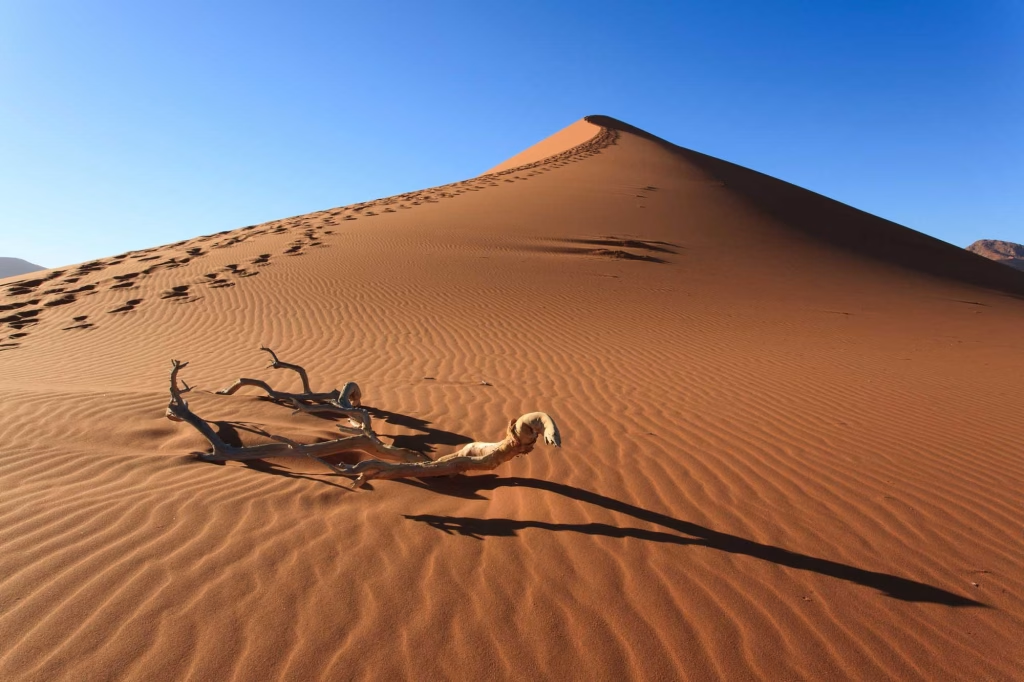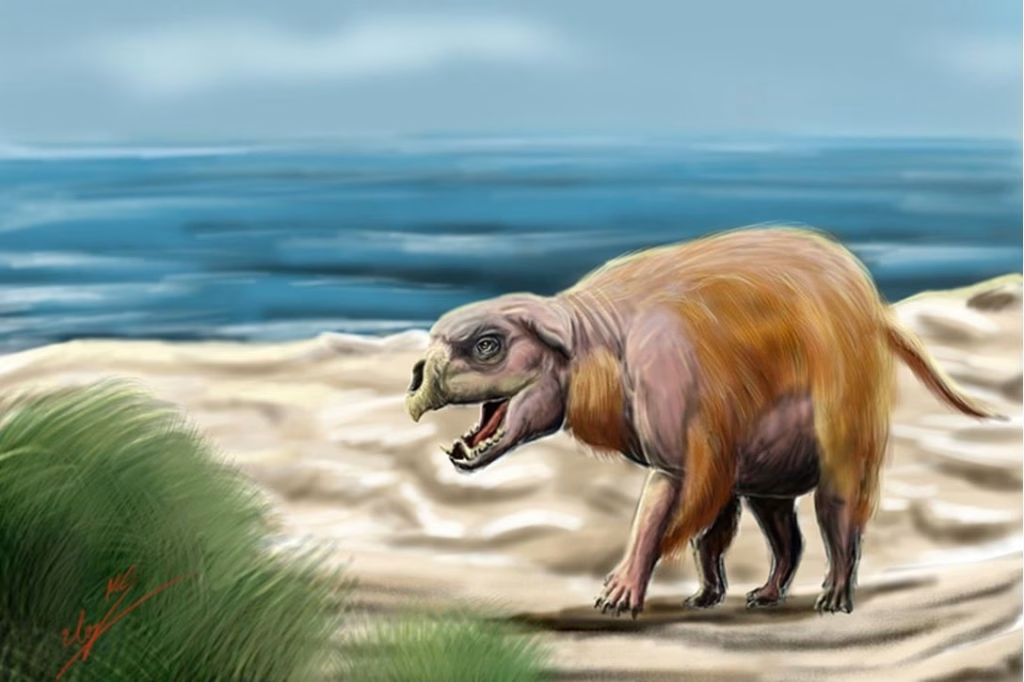Geography is often perceived as a dry subject, characterized by maps, latitudes, and mountain ranges. But take a closer look, and you’ll find our planet is full of weird, wonderful, and downright bizarre geographical oddities, from places where gravity seems to vanish, to cities in two countries at once, and rivers that boil without fire — the Earth is more mysterious than we give it credit for.
In this blog, we dive into some of the strangest geography facts from around the world that will make you question everything you thought you knew about the planet.
1. There’s a Town Inside Another Town in the USA
In the state of Minnesota, there’s a town called Monowi — population: 1. It’s the only incorporated municipality in the United States with just one resident. Elsie Eiler is the sole inhabitant. She’s the mayor, librarian, bartender, and runs the whole town.
Not only is Monowi a bizarre demographic case, but it’s also a reminder of how geography isn’t always about land — sometimes it’s about people.
2. The Boiling River of the Amazon
In the heart of Peru’s Amazon rainforest lies a river that boils — without any volcanic activity nearby. Known as the Shanay-Timpishka River, the water’s temperature can reach up to 93°C (200°F). Local legends describe it as sacred, and scientists continue to explore the geothermal source behind this unusual natural phenomenon.
Boiling rivers? That’s straight out of a fantasy novel.
3. There’s a Country Inside a Country Inside a Country
This one’s a geographical fact: The Vatican City is a country located within the city of Rome, which is in Italy. But it doesn’t stop there.
The Vatican is:
A country inside Rome (a city),
Which is inside Italy (a country),
And Italy is surrounded by the European Union, of which the Vatican is not a part.
Talk about layers.
4. Africa Is Splitting in Two
Yes, you read that right. The African continent is splitting apart due to tectonic activity along the East African Rift System. In about 5 to 10 million years, the continent will be divided into two, creating a new ocean in the process.
Kenya and Ethiopia have already seen massive cracks in the ground, offering a glimpse into Earth’s dramatic future reshaping.
5. Canada Has More Lakes Than the Rest of the World Combined
When you think of Canada, you might imagine cold winters and maple syrup. But did you know Canada has over 2 million lakes? That’s more than all other countries combined. These lakes make up nearly 9% of the country’s land area.
If you wanted to visit a new lake every day in Canada, it would take you over 5,000 years!
6. Alaska Is Both the Westernmost and Easternmost State in the U.S.
Thanks to the Aleutian Islands, which stretch across the International Date Line, Alaska holds the record for being both the easternmost and westernmost U.S. state.
Yes, it beats Maine on both ends — a truly geographical paradox.
7. You Can Stand in Four States at Once
At the Four Corners Monument in the USA, you can stand in Utah, Colorado, Arizona, and New Mexico — all at once. It’s the only point in the United States where four states meet.
Tourists love taking photos with one hand and one foot in each state. It’s a geographical quirk that’s also Instagram gold.
8. A Town That’s Always Lightning-Struck
In Venezuela, there’s a place called Catatumbo, where lightning strikes occur up to 260 nights per year, with up to 280 flashes per hour.
Known as the Catatumbo Lightning, this natural light show is visible for miles and remains so consistent that it has been used as a navigation aid. Scientists believe the geography — where warm and cold air meet near Lake Maracaibo — creates perfect conditions for lightning.
9. A City in Two Continents
Istanbul, Turkey, is the only city in the world that sits on two continents: Europe and Asia. The Bosphorus Strait divides the city — you can cross continents in a 15-minute boat ride.
The blend of Eastern and Western influences makes Istanbul a fascinating cultural and geographical phenomenon.
10. There’s a Town That’s Always Burning
In Centralia, Pennsylvania, an underground coal mine caught fire in 1962, and it has been burning ever since. The town had to be evacuated due to toxic gases and sinkholes caused by the fire.
Only a handful of people still live there, and the smoking, abandoned streets give the town a post-apocalyptic look.
11. The Largest Desert in the World Isn’t Hot
When we hear “desert,” we usually picture dunes and scorpions. But the largest desert on Earth is Antarctica. A desert is defined by its lack of precipitation, not temperature, and Antarctica receives only about 2 inches of rain/snow per year.
So yes, the coldest place on Earth is also the driest.
12. An Island in a Lake on an Island in a Lake on an Island
This one’s a geography tongue-twister.
In Canada’s Victoria Island, there’s a lake. Inside that lake is an island, and inside that island is another lake, which contains yet another island.
It’s the world’s most prominent example of such a nested land-water formation. Try wrapping your head around that!
13. Point Nemo — The Ocean’s Loneliest Place
Point Nemo, located in the South Pacific Ocean, is the farthest point from land anywhere on Earth. It’s over 1,450 nautical miles (2,688 km) from the nearest landmass.
The closest humans to Point Nemo are often astronauts aboard the International Space Station!
14. There’s a Border You Can Mow Over
The towns of Baarle-Hertog (Belgium) and Baarle-Nassau (Netherlands) have one of the most confusing international borders in the world. Some houses are divided down the middle, with one side in Belgium and the other in the Netherlands.
You can mow your lawn across two countries, or dine in a restaurant with a table split by the border.
15. Earth’s Gravity Isn’t the Same Everywhere
Thanks to variations in Earth’s shape and density, gravity isn’t uniform across the globe. One of the strangest spots is Hudson Bay in Canada, where gravity is weaker than elsewhere.
It’s believed to be due to an ancient ice sheet and movements in the Earth’s mantle. Scientists discovered this anomaly using satellites, making it one of the weirdest “pulls” on the planet.
Final Thoughts
Geography is far from boring. It’s filled with quirky natural phenomena, mind-bending paradoxes, and odd little corners of the Earth that defy logic. From boiling rivers and lightning hotspots to towns on fire and islands within islands, the world is filled with bizarre facts that reveal just how amazing—and strange—our planet is.
These geographical oddities remind us that Earth still has mysteries waiting to be explored — and sometimes, the weirdest truths are hiding in plain sight.



